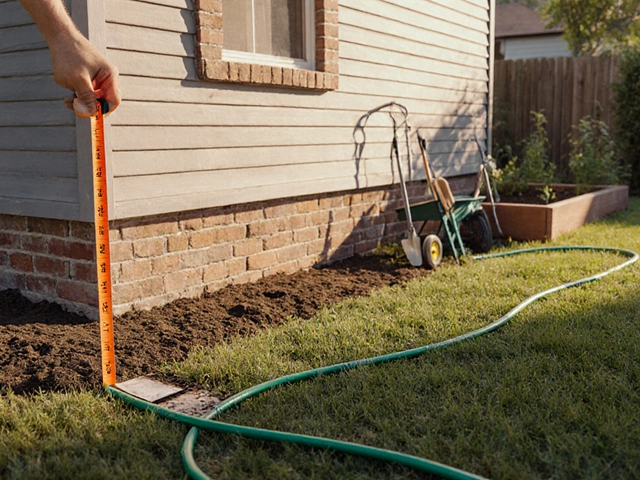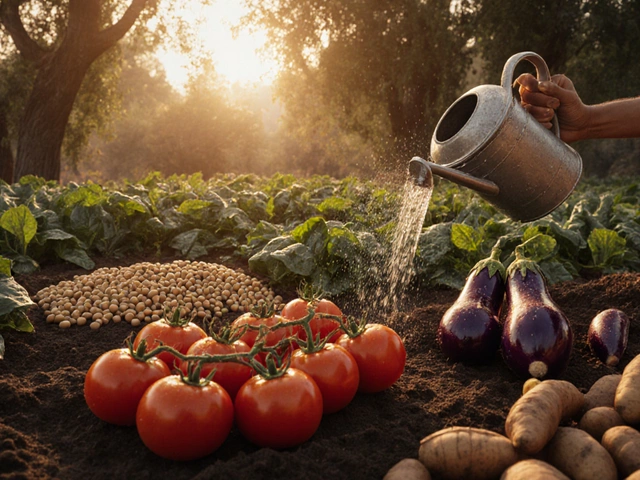Flowers in India – When They Bloom, Which Ones Bring Luck, and How to Grow Them
India’s climate gives us a rainbow of flowers all year long, but not every blossom shows up at the same time. Knowing the right months and a few care tricks can turn a dull corner into a colorful oasis.
When Do Flowers Burst Into Bloom?
Most regions follow a clear pattern. In the north, February to April brings roses, marigolds, and lilies. The monsoon zone (west coast, Assam) sees a surge from June to September with hibiscus, bougainvillea, and jasmine blooming everywhere. The south enjoys a longer window – October to December – perfect for gloxinia and chrysanthemum.
These timelines come from our post “Best Months for Flower Blooming in India”. Use them as a checklist: pick a flower, match it to your local season, and plant at the right time.
Lucky and Most Beautiful Flowers to Choose
If you want a flower that also brings good vibes, the marigold tops the list. Our article “Which Is the Luckiest Flower in India?” shows that marigolds are linked to prosperity in many festivals. Plant them near your entrance for a splash of orange and a dash of luck.
For pure beauty, the blue orchid and the fragrant night-blooming jasmine are crowd favorites. The post “Most Beautiful Flower in the World” highlights how these species stand out with unique colors and scents. They need well‑drained soil and a bit of shade, so they’re ideal for a patio or a shaded garden bed.
Fast‑growing flowering trees like the gulmohar and jacaranda can give you shade and color in one go. Check out “Fastest Growing Flowering Trees for Indian Gardens” for planting depth and pruning tips.
Now, let’s get practical. Here are three quick steps to grow healthy flowers:
1. Soil Prep: Loosen the top 6‑8 inches, mix in compost or well‑rotted manure, and ensure good drainage. Heavy soil can choke roots, as we explain in “How to Loosen Heavy Garden Soil”.
2. Water Right: Most Indian flowers love consistent moisture but hate soggy roots. Early morning watering works best. If you’re using drip irrigation, remember to set the tubing depth correctly (see “How Deep Should Drip Irrigation Lines Be Buried?”).
3. Feed Sparingly: A balanced fertilizer once a month during the growing season keeps blooms vibrant. Over‑feeding can lead to weak stems and fewer flowers.
Almost every flower benefits from mulching. A thin layer of straw or dry leaves locks moisture, reduces weeds, and adds organic matter as it breaks down.
Got limited space? Try a vertical garden. Our “How to Maximize a Small Balcony” guide shows how to use hanging pots and trellises to grow climbing roses, bougainvillea, or even compact marigolds.
Remember, each flower has its own story. By matching the right species to your climate, planting at the ideal time, and giving it simple care, you’ll enjoy a garden that looks fresh all year.
Ready to pick your first flower? Start with a marigold for luck, a jasmine for scent, or a gulmohar for fast shade. Your Indian garden will thank you with color, fragrance, and a little extra good fortune.
Most Sought-After Flowers in India's Blooming Market
In India, the demand for flowers is not just about aesthetics; it plays a vital role in cultural, religious, and social activities. This article explores which flowers are most sought after in India's diverse and vibrant market. From local favorites to exotic imports, learn about the flowers that capture the hearts of many Indians. It also touches on the factors influencing this demand and how gardening enthusiasts can cater to these preferences.
About
Flower Gardening
Latest Posts


How Far Should a Garden Be From Your House? Practical Setback Guidelines
By Alden Thorne Oct 20, 2025

What Is the One Vegetable That Damages Your Insides? The Truth About Nightshades in Indian Gardens
By Alden Thorne Oct 27, 2025

Which Vegetable Farming is Profitable in India? Your Practical Guide
By Alden Thorne Apr 25, 2025

